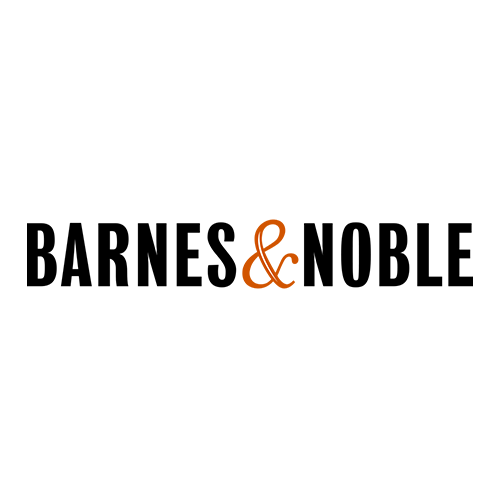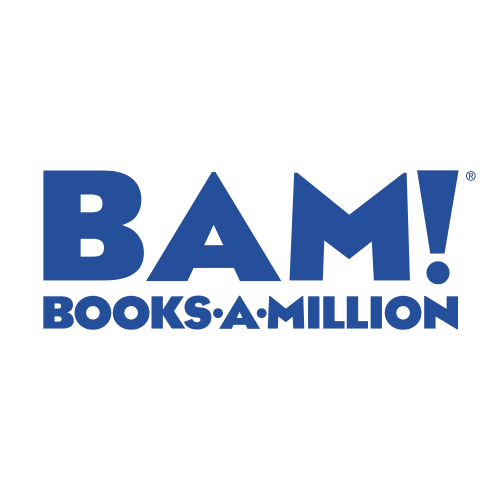Book Summary
Just over fifty years ago, archeologists filled the deserts of southern Israel. All these enthusiastic explorers hoped to unearth the ancient papyrus documents known as the Dead Sea Scrolls. A French explorer happened upon a trove of such scrolls in the area surrounding the ruins of Qumran. As they cleared the cave, his team noticed something. On a collapsed wall in the back, resting alone, sat two brittle copper rolls on a shelf. Led by an unlikely modern hero, these two scrolls sparked the greatest treasure hunt in Judeo-Christian history. Furthermore, they threaten the geopolitical status quo across the entire Near East. The Copper Scroll Project is an exposé of this incredible story.
About the Copper Scroll
The unknown author of the Copper Scroll inscribed the document entirely on thin sheets of alloyed copper. The aptly named scroll originally measured over seven feet long and one foot wide. When the ancients were rolling the metal document to store it away for safekeeping, they snapped it in two. While the other Dead Sea Scrolls were composed with ink on parchment, the Copper Scroll was chiseled into metal. Moreover, the content was as unique as the material composition. The author wrote it in a dry tone of a verbless inventory. The hurried text lists over fifty locations for vast amounts of buried gold, silver, coins, and vessels. The 2,000-year-old manuscript offers no narrative to accompany its list of treasure. Because of this, questions concerning the Copper Scroll have plagued archaeologists and historians alike.
Who from ancient times inscribed this treasure map? What are the origins of this large hoard of treasure? And most importantly, where exactly did they bury the treasures? One possibility looms especially large: the Copper Scroll may be the one witness to a covert operation to rescue Temple tithes and vessels before foreign invaders overran Jerusalem’s gates.
Jim’s Journey
Of the few who have risked their careers, and reputations, to search for Copper Scroll treasures, only one remains. He is an unlikely hero, a fireman from Oklahoma and award winning investigator named Jim Barfield. Barfield treated the Copper Scroll like evidence in an arson case and came to an astonishing realization. All of the locations described in the Copper Scroll have exact architectural matches within Qumran. Qumran is an unimpressive ruin perched on a plateau just off the coast of Israel’s Dead Sea. Also, it is largely thought to have been a desert monastery for the Essenes, a deeply pious Jewish sect, known from Second Temple times.
Barfield prepared a 250-page investigative report illustrating his Qumran-centric theory.
Through a little fortune and a lot of luck, the director of the Israel Antiquities Authority (IAA) invited Jim to Israel. After Jim presented his research, one of the head archaeologists at Qumran declared, “I think he’s done it!” Jim’s convincing arguments swayed everyone who read it. Finally, Jim Barfield seemed to be on his way to discovering the world’s greatest lost treasure.
Then, in April 2009, the IAA sponsored an initial excavation at Qumran to test Barfield’s research. A well-known Israeli archaeologist worked with Barfield to choose three test sites from his report. After digging one five-foot deep probe and two six-foot long trenches, they prematurely aborted the excavation. Israel’s Staff Officer for Archaeology was nervous about harming sacred ruins famed for their connection to the Dead Sea Scrolls. He told Barfield, “Everyone is looking for Qumran to be something very important for their faith. We must be careful what we go looking for.” The young archaeologist who gave Barfield his first chance later died in a tragic excavation accident.
Desperate to overcome his stalemate with the IAA, Barfield returned to Israel sixteen times. He met with Israel’s most well-known archaeologists and the modern day Sanhedrin. He has also met with the board for Israel’s Nature and Parks Authority. He even met a Jordanian in the black market antiquities trade. Next, he met two members of Israel’s Knesset, and the head of Israel’s Archaeology Department of the Civil Administration. Furthermore, his story has been featured in the Israeli press and on radio. As a result of his passion and compelling evidence, everyone who has seen Jim’s research joins his army of supporters. Still, no one has summoned the power to overcome the forces of stubborn bureaucracy and feuding politics.
The Journey Continues
Indeed, Barfield’s quest exposes the underworld of actors who try and stop archaeological progress for fear of igniting political disputes and land claims. The narrative profiles the colliding interests of Arab versus Israeli, Christian versus Jew, and secular versus religious. Jim Barfield finds himself, at one time or another, in the crosshairs of every one of these flashpoints. Eventually, the Copper Scroll quest was deeply embedded in the Temple Mount movement. This is a campaign led by religious nationalist Israelis determined to establish freedom of worship atop their holiest site. Temple Mount devotees are keenly aware of the high stakes of unearthing the first artifact from the interior of either the First or Second Temple. The Copper Scroll, in Barfield’s hands, shines a bright light on their intense longing for tangible proof of their spiritual heritage.













